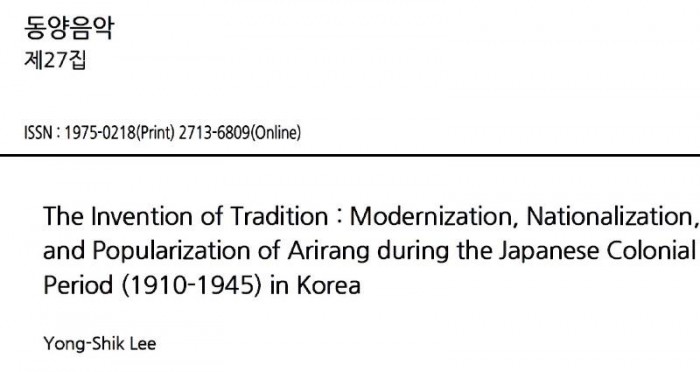
Arirang1 has been regarded as the representative Korean folk song that expresses
the ethos of the Korean people. Koreans adore this song as the 'national song'.
Koreans abroad sing it in 'memory of their mother country. Whenever two Koreas (of
South and North) agree to organize a unified sport team in International-level sports
competitions, this song represents the 'national anthem' as does the Flag of the Korean
Peninsula. In fact, Arirang is the cultural icon of 'Koreaness.'
Most Korean people believe that Arirang songs2 have a long history. Some scholars
trace the root of the word 'arirang' back to the establishing myths of ancient states.
Many people believe that the Arirang song originated from the 14th-century tale of
'seven wise men in a bamboo forest,' as shown in Kang'w6n-do Arirang, which is
popular in Kang'w6n-do, the mid-eastern province, or the legend of Arang in the
middle of the Chosun Dynasty (1392-1910), as exemplified in Miryang Arirang, which
is originated in Miryang City in southeastern area.
However, the Arirang song is not just a century-old traditional song. It emerged as
a popular folk song during the Japanese annexation (1910-1945). Many local versions
of Arirang have become 'modern' folk songs in the last century. I use the term
1 In this paper, I romanize the Korean terms by the conventional McCune-Reischauer
Romanization system, except with familiar names like Seoul and Chosun. I do not italicize the title of
songs.
2 I use the term "Arirang song(s)" as a collective term to designate many versions of Arirang songs
widespread in the Korean peninsula and neighboring countries where Korean immigrants have
settled. The term "Arirang" defines a specific song which is popular in the Seoul area.
[Provider:earticle] Download by IP 203.253.173.42 at Saturday, February 6, 2021 4:40 AM
'modern' for they were made by specific individuals in a short period of time in
contrast to traditional folk songs which are the result of the communal product for a
long period of time (Herzog 1949-50:1034). Among the four representative Arirang
songs- Arirang, Kang'won-do Arirang, Chindo Arirang, and Miryang Arirang
representing each region in Korea, that is, Seoul, the mid-eastern province, the
southwestern province, and the southeastern province, respectively - three evolved
in the first half of the 20th century. Kang'won-do Arirang is the exceptional, ancient
version sung by the folk in mountainous areas and known as the 'genuine' folk song
from which many other versions derived (Yi P.H. 1997).
In the first half of the 20th century, countless local Arirang songs were made. It was
the result of modernity and the historical context of colonization in the last century. I
do not mean that all of the Arirang songs were 'composed' by the musician but it
became widely popular among the people, reflecting the social and cultural condition
of the time. In this paper, I will examine how the Arirang song emerged to become the
'song of the Korean people' during the colonial period in Korea.
Modemizaton of Arirang
The Arirang song was first made 'public' by an American missionary, Homer B.
Hulbert, in 1896. In his article, entitled "Korean Vocal Music," Hulbert (1896)
provided a version of Arirang in the Western staff notation (Mus. Ex. 1), which is the
first notated folk song in the Korean music history. It is a version of local Arirang
songs widely sung in Seoul and the Central Province at the time.
 속초19.7℃
속초19.7℃ 17.0℃
17.0℃ 철원17.2℃
철원17.2℃ 동두천20.0℃
동두천20.0℃ 파주17.7℃
파주17.7℃ 대관령20.6℃
대관령20.6℃ 춘천18.0℃
춘천18.0℃ 백령도16.9℃
백령도16.9℃ 북강릉26.1℃
북강릉26.1℃ 강릉27.5℃
강릉27.5℃ 동해26.0℃
동해26.0℃ 서울21.0℃
서울21.0℃ 인천20.2℃
인천20.2℃ 원주19.9℃
원주19.9℃ 울릉도19.3℃
울릉도19.3℃ 수원20.9℃
수원20.9℃ 영월19.0℃
영월19.0℃ 충주20.1℃
충주20.1℃ 서산22.2℃
서산22.2℃ 울진26.4℃
울진26.4℃ 청주20.8℃
청주20.8℃ 대전21.2℃
대전21.2℃ 추풍령20.8℃
추풍령20.8℃ 안동20.2℃
안동20.2℃ 상주22.3℃
상주22.3℃ 포항23.4℃
포항23.4℃ 군산20.7℃
군산20.7℃ 대구22.3℃
대구22.3℃ 전주21.5℃
전주21.5℃ 울산23.3℃
울산23.3℃ 창원23.3℃
창원23.3℃ 광주21.0℃
광주21.0℃ 부산23.6℃
부산23.6℃ 통영21.4℃
통영21.4℃ 목포20.2℃
목포20.2℃ 여수19.1℃
여수19.1℃ 흑산도20.6℃
흑산도20.6℃ 완도20.2℃
완도20.2℃ 고창℃
고창℃ 순천19.7℃
순천19.7℃ 홍성(예)20.4℃
홍성(예)20.4℃ 19.5℃
19.5℃ 제주21.1℃
제주21.1℃ 고산23.8℃
고산23.8℃ 성산22.1℃
성산22.1℃ 서귀포25.1℃
서귀포25.1℃ 진주19.3℃
진주19.3℃ 강화20.0℃
강화20.0℃ 양평19.2℃
양평19.2℃ 이천20.4℃
이천20.4℃ 인제18.1℃
인제18.1℃ 홍천17.7℃
홍천17.7℃ 태백23.5℃
태백23.5℃ 정선군20.1℃
정선군20.1℃ 제천19.2℃
제천19.2℃ 보은19.5℃
보은19.5℃ 천안20.4℃
천안20.4℃ 보령22.9℃
보령22.9℃ 부여20.3℃
부여20.3℃ 금산18.6℃
금산18.6℃ 21.1℃
21.1℃ 부안20.8℃
부안20.8℃ 임실19.5℃
임실19.5℃ 정읍21.5℃
정읍21.5℃ 남원19.6℃
남원19.6℃ 장수18.1℃
장수18.1℃ 고창군22.4℃
고창군22.4℃ 영광군21.0℃
영광군21.0℃ 김해시22.3℃
김해시22.3℃ 순창군18.5℃
순창군18.5℃ 북창원21.9℃
북창원21.9℃ 양산시21.9℃
양산시21.9℃ 보성군20.4℃
보성군20.4℃ 강진군19.5℃
강진군19.5℃ 장흥19.3℃
장흥19.3℃ 해남21.6℃
해남21.6℃ 고흥20.7℃
고흥20.7℃ 의령군21.0℃
의령군21.0℃ 함양군18.8℃
함양군18.8℃ 광양시21.6℃
광양시21.6℃ 진도군21.6℃
진도군21.6℃ 봉화19.5℃
봉화19.5℃ 영주19.7℃
영주19.7℃ 문경21.9℃
문경21.9℃ 청송군19.8℃
청송군19.8℃ 영덕25.0℃
영덕25.0℃ 의성20.6℃
의성20.6℃ 구미21.9℃
구미21.9℃ 영천20.8℃
영천20.8℃ 경주시22.9℃
경주시22.9℃ 거창17.9℃
거창17.9℃ 합천21.0℃
합천21.0℃ 밀양20.0℃
밀양20.0℃ 산청18.2℃
산청18.2℃ 거제20.9℃
거제20.9℃ 남해19.0℃
남해19.0℃ 22.2℃
22.2℃

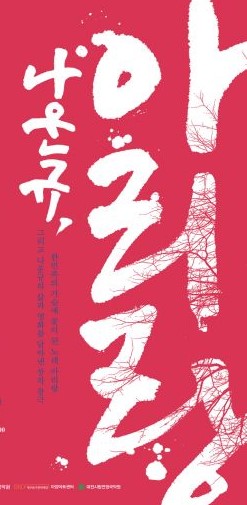
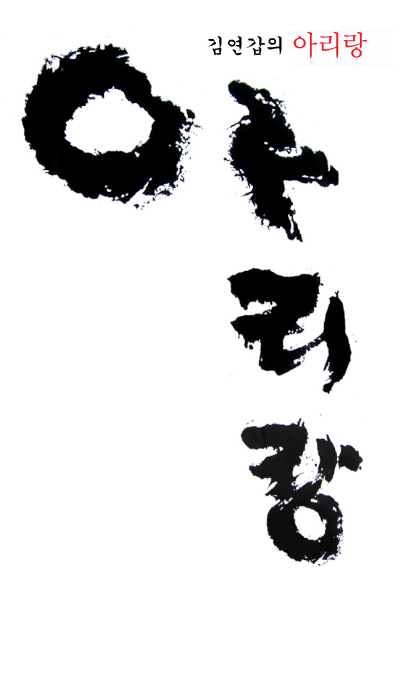

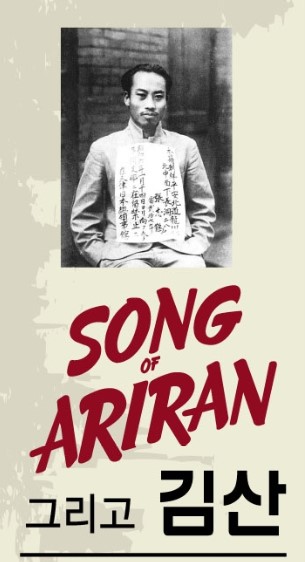





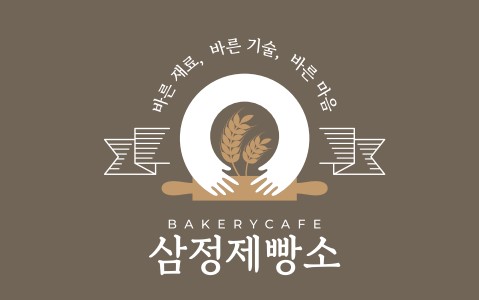


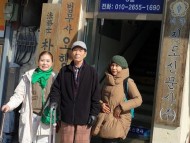
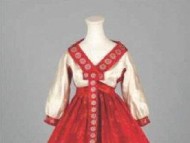
![[음반]북남 아리랑의 전설 [음반]북남 아리랑의 전설](http://arirangsong.com/data/file/news/thumb-3534941659_nLGfd3oc_96fb16793f23322943c3f537882c429a52a5ab05_190x143.jpg)





![[펌] #제11회구미아리랑제 #구미의병아리랑보존회(임규익) #영남민요연구회 구미지회 (2019.04.08) [펌] #제11회구미아리랑제 #구미의병아리랑보존회(임규익) #영남민요연구회 구미지회 (2019.04.08)](http://arirangsong.com/data/file/news/thumb-3534942082_QXRdtyWZ_1f81ac19fd9a4dc91a4191db4de7ee87d2e4a5b5_118x79.jpg)













